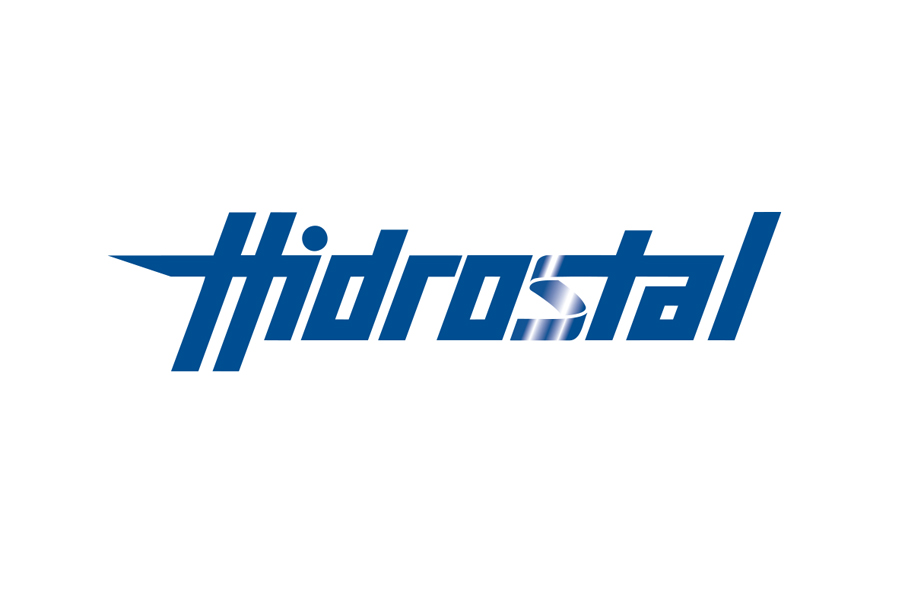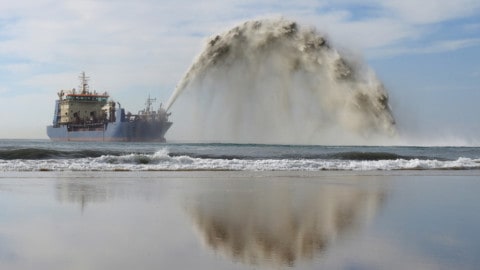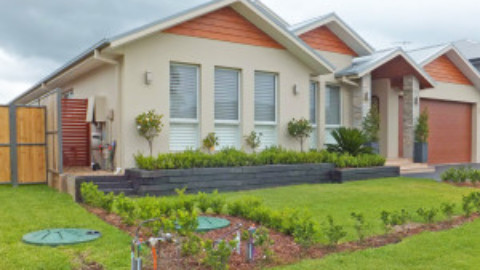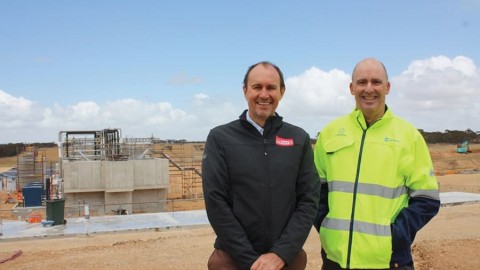Seqwater has released its 2023 Water Security Program, which highlights a focus on connecting the Wyaralong dam to the water network and upgrading the Gold Coast Desalination Plant, in an effort to provide safer, more secure water to the region.
As outlined in the South East Queensland Regional Plan, population is set to grow to more than six million over the next 30 years.
The Water Security Program maps out how Seqwater plans to continue to provide safe, secure water supply through maximising the use of existing assets and planning for future climate-resilient water supply options.
The strategy focuses on getting the most out of the South East Queensland (SEQ) Water Grid, through connecting Wyaralong Dam to the grid and expanding the existing Gold Coast Desalination Plant.
Production at Tugun will be ramped up to full capacity to take pressure off existing supplies.
Taking projected population growth and climate change into account, Seqwater will also complete a detailed business case for a new desalination plant, currently expected to be needed by 2035.
The importance of Queensland’s existing desalination plant was highlighted during the 2022 flood event, when flood debris impacted the Mount Crosby Water Treatment Plant, so production at the Gold Coast Desalination Plant was ramped up so that water supply to the south east was not disrupted.
The Water Security Program also outlines how Seqwater continues to deliver safe and secure water supply to SEQ during times of drought. The Western Corridor Recycled Water Scheme will remain as an insurance policy for an extreme drought scenario where the water grid levels drop below 40 per cent.
Queensland Premier, Annastacia Palaszczuk, said that thanks to the decisions and investments of the State Government, SEQ has a resilient water supply system.
“This includes 12 dams and the SEQ water grid which can transport water between the Gold Coast to the Sunshine Coast to where it is needed most,” Mr Palaszczuk said.
“The 2023 Water Security program is focused on continuing to deliver a secure and reliable drinking water supply with a growing population and greater impacts from climate change.”
Queensland Minister for Water, Glenn Butcher, said that the strength of the grid was demonstrated during the most recent drought which was only one year shorter than the Millennium Drought.
“Thanks to important investments in water infrastructure here in the south east, the Grid only dropped to around 55 per cent and water restrictions weren’t necessary,” Mr Butcher said.
“Seqwater is delivering water security for the region now, and this updated Water Security Program outlines how it will continue to meet the demands of the South East now and into the future.”
Seqwater CEO, Neil Brennan, said that the latest Water Security Program builds on the strength and opportunities offered by existing bulk water assets and provides a framework for advancing new, long-term infrastructure to bring additional water into the grid.
“Under current levels of demand, the region has enough spare water supply to manage dry conditions, however it’s important we prepare now for future changes to keep pace with population growth,” Mr Brennan said.
“Climate change is factored into our planning, as we know the implications on water resources may mean South East Queensland is not able to rely on dams as much in future.
“Maintaining a diversified, expanded mix of bulk water sources, inclusive of climate-independent sources, is key to addressing these challenges and safeguarding our most precious resource for generations to come.”
Further key strategies identified in the Water Security Program include:
- Planning underway to:
- connect Wyaralong Dam to the grid, including building a new downstream water treatment plant. Once connected, Wyaralong Dam will be SEQ’s fifth largest drinking water source
- expand the Gold Coast Desalination Plant at Tugun which could add 45Ml per day
- Investigating a new desalination plant in SEQ likely required around 2035, with detailed assessments to be undertaken regarding size and location
- Maintaining Purified Recycled Water (PRW) as a drought response measure when the grid reaches 40 per cent
- Exploring further opportunities to provide PRW to sectors including power, hydrogen, and agriculture to take pressure off Wivenhoe Dam
- Working with water retail companies to update and refine water demand forecasts
- Optimising grid operations to ensure current and projected water demands match available supply
Seqwater said that the Western Corridor Recycled Water Scheme remains an important drought response measure should grid levels fall significantly.
To reduce draw down on Wivenhoe Dam, the region’s largest drinking water storage, purified recycled water is already being used to supply water for industrial users. Seqwater will investigate use of this water for agricultural purposes and emerging industries like hydrogen, so that these users can rely less on Wivenhoe.
To view the Program, visit www.seqwater.com.au/waterforlife.



















